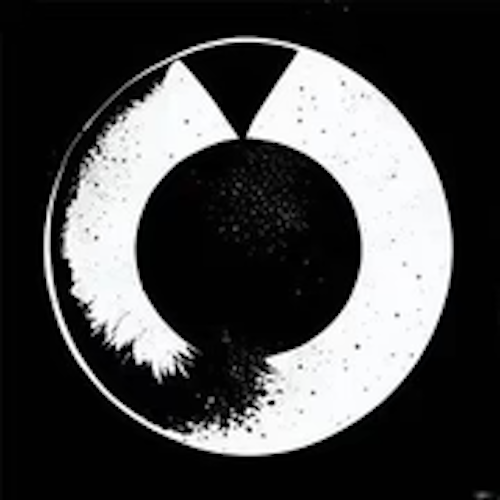Your Complete Guide to 3D Printing: SLA vs. FDM
Share
At Technast, we pride ourselves on being at the forefront of advanced design and manufacturing in Canada, especially in Toronto, Mississauga, and the GTA. We specialize in creating intricate futuristic 3D printed objects for high-end retail and scientific use. But what does 3D printing really entail? Let's delve into two prominent techniques: Stereolithography (SLA) and Fused Deposition Modeling (FDM).
Understanding SLA and FDM
Stereolithography (SLA) and Fused Deposition Modeling (FDM) are two of the most common methods used in 3D printing. Both have unique advantages and considerations that make them suitable for different applications.
SLA: Precision and Detail
SLA 3D printing uses a high-powered laser to harden liquid resin layer by layer, creating a solid object. This methodology is ideal for intricate designs, like our jewelry prototyping that includes resin prints and cast-ready prep.
FDM: Speed and Material Flexibility
FDM, on the other hand, melts a thermoplastic filament, depositing it layer by layer to create an object. It's perfect for rapid prototyping and repair services, like our super-fast repair of automation systems.
- SLA: Perfect for intricate designs and high-resolution prints
- FDM: Ideal for fast prototyping, larger objects, and functional parts
At Technast, we also offer a range of other services, such as native mobile app development and integration of AI and IoT for custom workflows. We're known for our advanced design, luxury biomorphic style, and fast, professional service. Contact us today to find out how we can bring your ideas to life.
